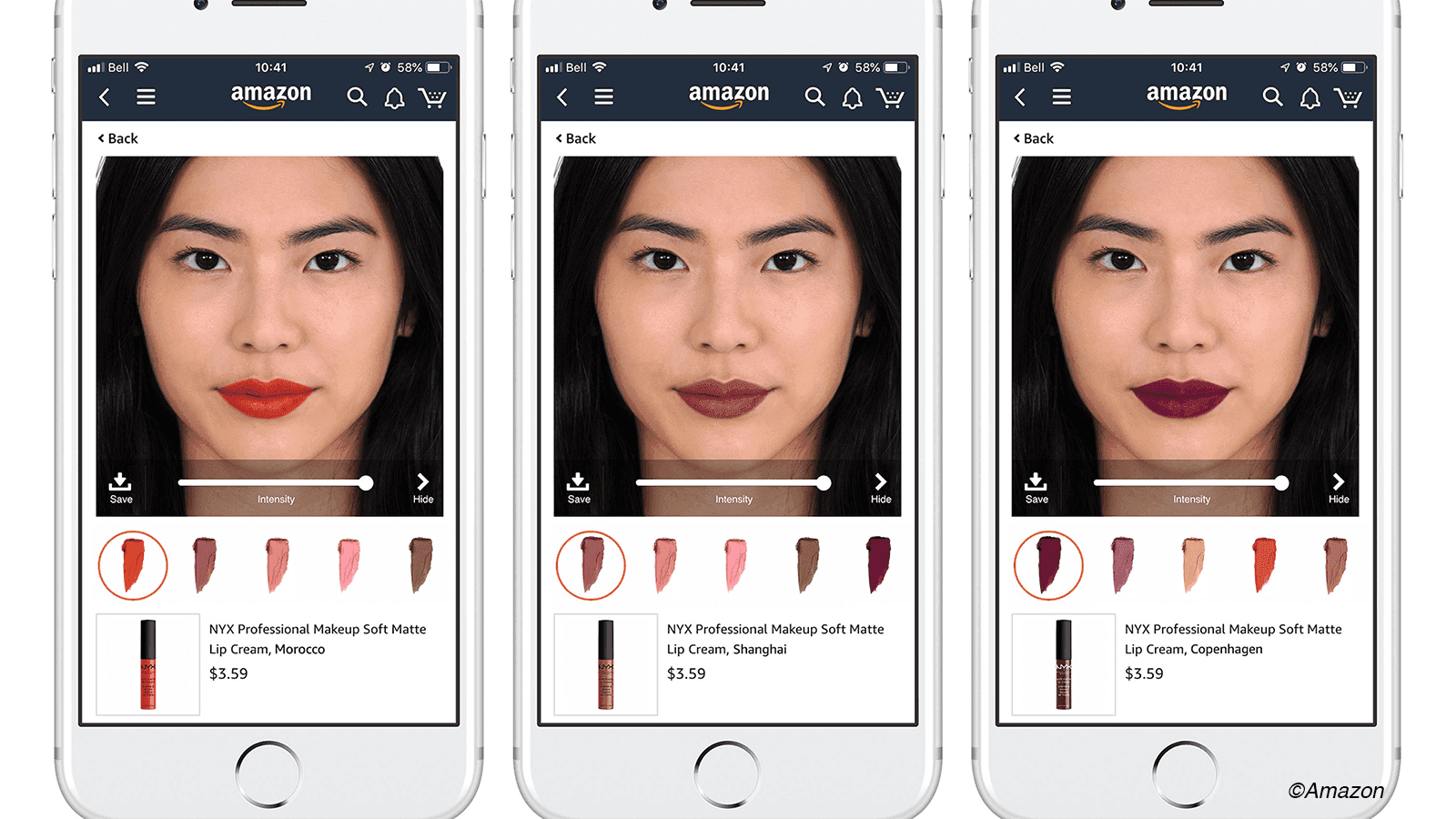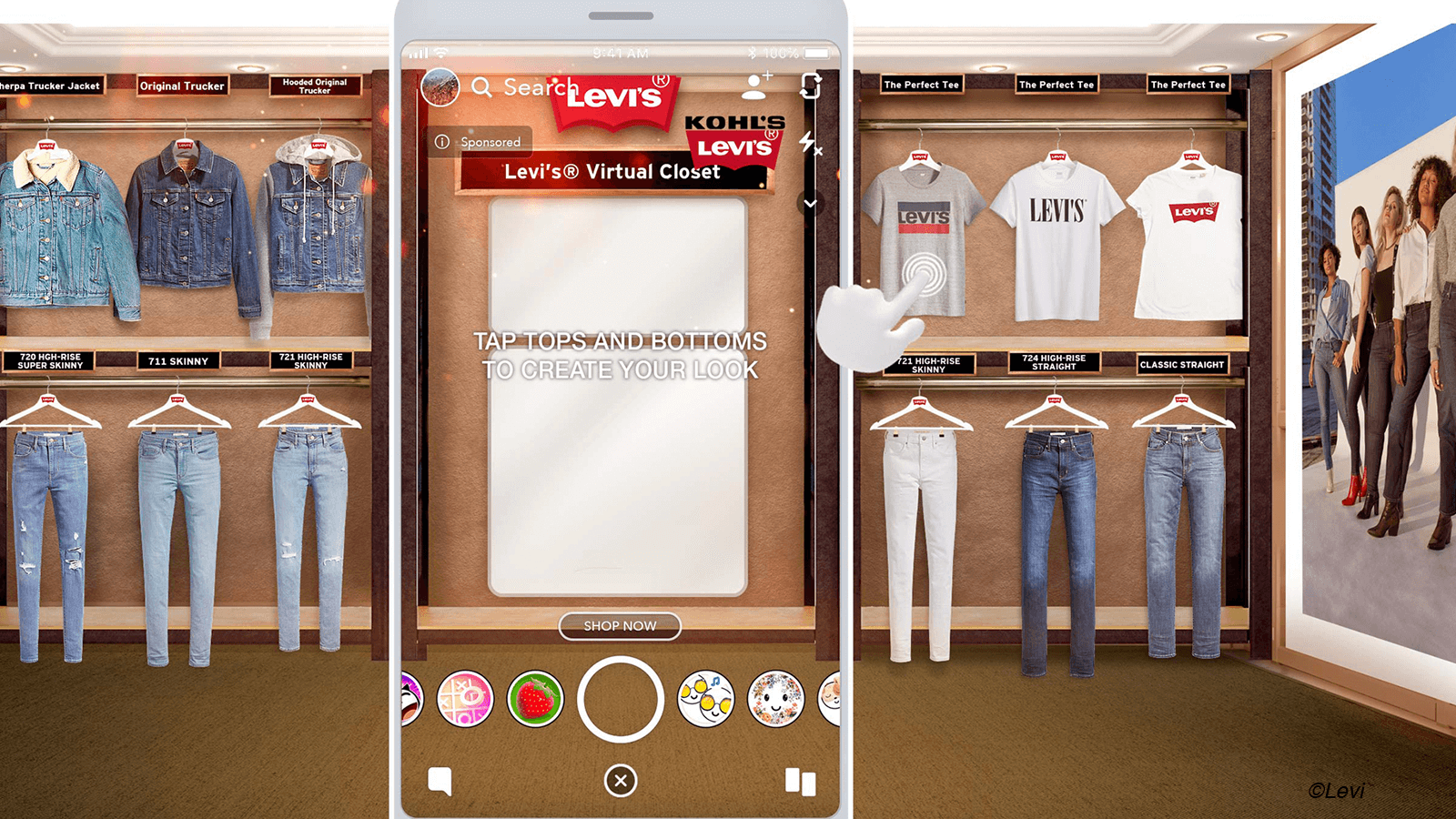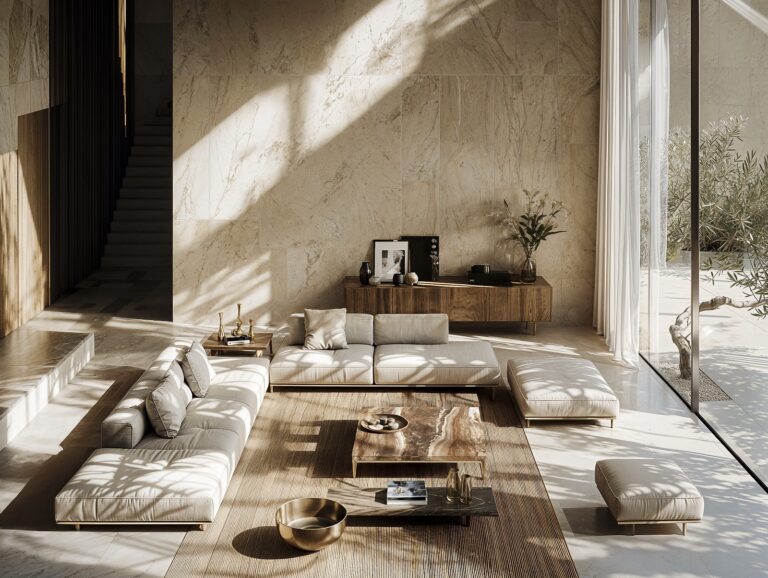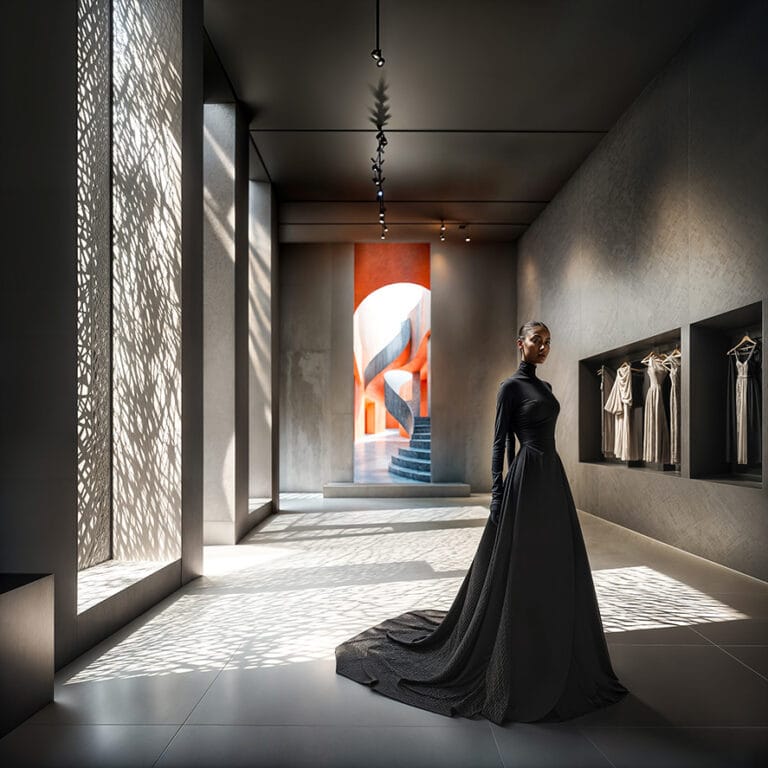AR Marketing and AR experiences have become an innovative way to introduce and advertise products to the target audience. The rise in technology contributed to the downfall of the attention span of humans. The average attention span of consumers has fallen below 8 seconds. The visual and auditory overload from smartphones makes it difficult for marketing to effectively position their products in the consumer’s minds.
Counterproductively, marketers are now using the same small screens to promote their brands. These days, everyone has a mobile phone, contributing the reach brands can expand themselves to. Among the emerging digital marketing trends, Augmented reality is reinforcing its position. In 2020 alone, 100 million consumers used AR to shop and the numbers are only going up. The formula behind the growth is’try-before-you-buy’, especially in the case of online retailing.
Learn more about technologies like AR in our FREE guide below.
Download the Guide
Augmented Reality in Product Marketing
The pandemic played the role of catalyst in the growing glory of AR. Due to social distancing norms and shut down of physical stores, brands had no choice to digitize their commerce. Online retailing has increased by multiple times since the health emergency. But consumers were still skeptical about digital shopping. So many brands expanded AR to their buyer’s journey.
Try-before-you-buy
The main concept behind AR marketing is that buyers can try the products in a 3-dimensional way, before proceeding to purchase. With advanced technologies, they can directly digitally try-on garments, accessories, furniture from the comfort of their own spaces. This removes any lingering doubts and boosts consumers’ buying confidence.
Distinctive Experience
AR marketing offers a unique, almost magical shopping experience to consumers. It engages them to try out various styles and products within less time span and almost effortlessly. Retail brands can also test out the popularity of their products before rolling them out in physical forms.

With try-before-you-buy concept, brands are offering distinctive shopping experiences to the consumers with AR tools.
Cost and Effort Reduction
Tangible shopping consumes a lot of energy for both stakeholders- buyers and brands. First of all, buyers have to physically commute, try on, and in some cases, have to return the unfit products. This charges them with enough cost and effort. Second, brands have to bear the costs of warehouses, returns costs, and leftover overstock costs. These all add up to a significant amount of portion in brand’s budget.
Therefore, AR acts as a one-stop solution for everyone, satisfying their needs while providing entertaining comfort.
Sustainable Solution
AR shopping is also an environmental-friendly solution, especially in the case of the fashion industry. As the world’s worst pollution sector, AR shopping proves to be an alternative green and efficient solution to consumers’ shopping desires.
Top Industries where AR Marketing can be utilized
Fashion & Beauty
The Fashion industry is perhaps the largest utilizer of augmented reality. Considering the pollution statistics of the industry, it is evident that AR marketing solves many grave concerns. It is the best solution to satisfy consumers’ fast fashion desires and also is an alternative for green living.
Before purchasing, consumers can try on digital apparel. These virtual clothes overlap on the images of buyers in real-time, giving them perceptions of wearing them. They can try on unlimited clothes before making the final decision.
The beauty industry has also taken up the AR trend. Many beauty luxury brands have launched their AR apps or filters on Snapchat for users to virtually try their make-up products and looks.
Home Appliances
Previously home appliances purchases involved dissatisfaction and high costs if they didn’t fit with the home décor. But with the integration of AR, consumers can see their desired digital piece of furniture perfectly blend into their homes. Through smartphones, they can overlap numerous virtual designs from their own couches. The experience is both entertaining and engaging for consumers, which further translated into bountiful sales for brands.
Travel & Tourism
Undoubtedly, the travel industry is the industry that was worst hit by the pandemic. Even after more than a year since the first covid-case, the travel levels haven’t risen much. Having no choice, travel, and tourism officials have to deploy AR to provide realistic holiday experiences. In addition to enthralling experiences, travelers can interact with AR maps thereby finding directions and learning about the importance of fascinating new places.

Partnering with Augmented Reality pioneer, Snapchat, brands are able to provide and improve their AR Marketing campaigns.
Examples of AR in Marketing
Kohl’s AR Virtual Closet
The US retail chain Kohl’s partnered with Snapchat to offer augmented reality closets for its customers. Through the AR Virtual Closet, buyers can browse athleisure gear from home. During the critical moment, this digital wardrobe proved very successful in engaging the target audience in a new shopping experience.
Sephora Virtual Artist
The French multinational retailer launched an AR app called Virtual artist that is based on facial recognition. It allows the users to experiment with an infinite library of eyeshadows, lip colors, and false lashes. Cosmetic enthusiasts can try on them to find perfect shades for their skin tones and purchase them directly on the app. The app also allows them to share makeup pictures on social channels.
Home Depot
Removing any uncertainty involved in buying home furniture, Home Depot introduced AR technology in its mobile application. Buyers can virtually place any of the furniture in their home, resize and rotate them until they find the best fit.
Cadbury
For Christmas marketing, Cadbury used augmented reality for its Advent Heroes event. It distributed special calendars when scanned with the brand’s AR app can experience holiday themes selfies. These selfies are related to chocolates, candies, and other products. This way, Cadbury involved its target audience every day in the Advent calendar, thereby increasing its reach.
AR Marketing: The Revolutionizer
Since its development, AR has been revolutionizing and transforming many of the traditional industries. It is a sustainable solution that provides memorable experiences to consumers and extensive reach and cost down to brands. In short, AR is soon going to be mainstream in Marketing and advertising. Contact us to realize your AR project with us.
Interested in taking your brand forward? Download the FREE virtual space guide to get started.
Download the Guide
For project inquiries e-mail us at [email protected]
For press inquiries e-mail us at [email protected]

